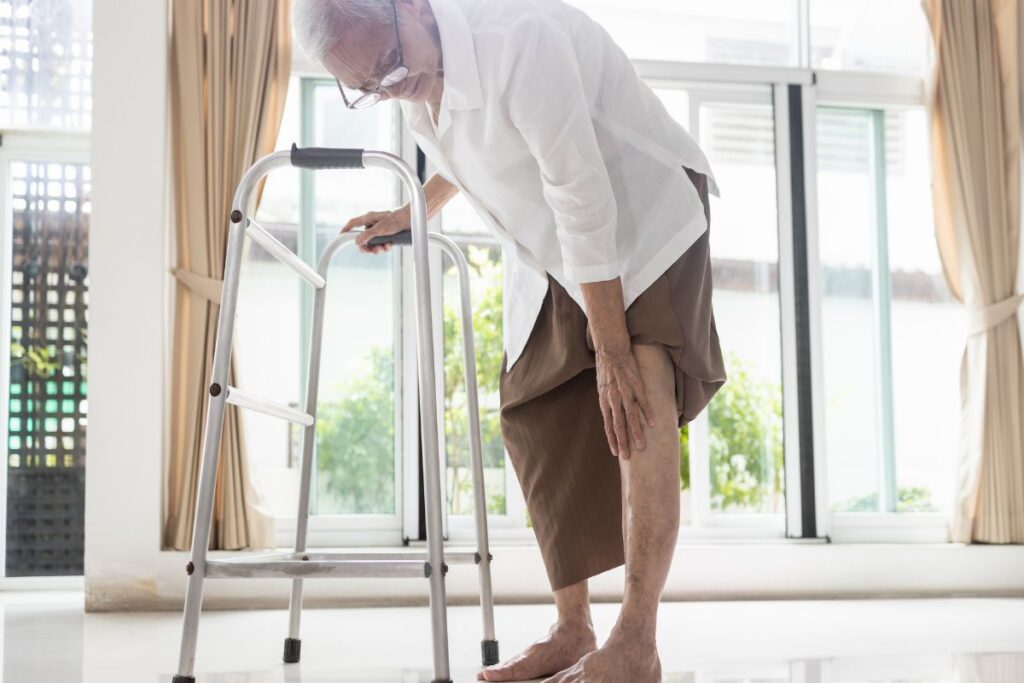Rheumatoid arthritis is a chronic autoimmune disorder that primarily affects joints, but it can also affect other parts of the body, including the skin, eyes, lungs, heart, and blood vessels. It is characterized by periods of disease flares and remissions.
In RA, the immune system mistakenly attacks the body’s tissues, causing inflammation that can damage joints and organs over time. Understanding RA involves looking at its symptoms, causes, diagnosis, treatment, potential complications, and strategies for living with the condition.

Symptoms
Rheumatoid arthritis is a chronic autoimmune disease that primarily impacts the joints, but it can also affect other parts of the body, leading to a wide range of symptoms. These symptoms can fluctuate in severity and may not be the same for every individual. Key symptoms include:
Joint Pain, Swelling, and Tenderness:
The inflammation caused by RA leads to pain, swelling, and a sensation of warmth in the affected joints. This tenderness is often noticeable to the touch.
Stiffness in the Joints:
One of the hallmark symptoms of RA is stiffness in the joints, particularly noticeable in the morning or after periods of sitting or inactivity. This stiffness typically lasts longer than 30 minutes and can be quite debilitating.
Fatigue, Fever, and Loss of Appetite:
People with RA often experience systemic symptoms such as fatigue, a slight fever, and a loss of appetite. These symptoms reflect the inflammatory nature of the disease and its impact on the body’s overall health.
Symmetrical Pattern of Affected Joints:
RA typically affects joints in a symmetrical pattern, meaning if one hand or knee is affected, the other one is too. This symmetry helps differentiate RA from other types of arthritis.
Joint Deformity and Bone Erosion Over Time:
As RA progresses, the persistent inflammation can lead to damage within the joint, including deformity and erosion of the bones. This damage can result in significant disability and decreased quality of life.
Managing these symptoms effectively often requires a combination of medication, lifestyle adjustments, and sometimes surgery to reduce pain, improve function, and slow the progression of the disease.
Causes
The exact cause of RA is not known, but it involves a combination of genetic and environmental factors such as smoking, obesity, and exposure to certain viruses or bacteria. The immune system’s role is central in RA, where it attacks the synovium — the lining of the membranes that surround the joints.

Diagnosis
Diagnosing rheumatoid arthritis (RA) is a multifaceted process that aims to identify the presence and severity of the disease, as it can mimic other conditions. Here’s how healthcare professionals typically diagnose RA:
Medical History and Physical Examination:
The doctor will start with a comprehensive medical history, asking about symptoms, their duration, and how they affect daily activities. During the physical exam, the doctor will check for joint inflammation, tenderness, swelling, and deformity. They will also assess the range of motion in the joints and look for signs of RA in other parts of the body.
Blood Tests:
Blood tests are crucial for diagnosing RA. They can detect markers of inflammation, such as the erythrocyte sedimentation rate (ESR) and C-reactive protein (CRP). Additionally, specific antibodies like the rheumatoid factor (RF) and anti-cyclic citrullinated peptide (anti-CCP) antibodies, which are often present in people with RA, will be tested. Not all people with RA will have these antibodies (seronegative RA), but a significant majority do (seropositive RA).
Imaging Tests:
Imaging tests provide visual evidence of joint damage and inflammation. X-rays can show bone erosion and joint space narrowing, which are indicative of RA. More detailed imaging, such as magnetic resonance imaging (MRI) and ultrasound, can detect early signs of disease by showing inflammation and damage in the soft tissues and cartilage, even before it’s visible on X-rays.
These diagnostic methods together help in confirming the diagnosis of RA, assessing its severity, and guiding the treatment plan. Early and accurate diagnosis is crucial for managing RA effectively, as it can help prevent joint damage and disability.
Treatment
Prevention
Complications

Living With RA
In conclusion, RA is a complex condition with varying symptoms and severity. Early diagnosis and aggressive treatment are crucial for managing the disease and minimizing joint damage and other complications. Living with RA requires a combination of medical treatment, lifestyle adjustments, and support.



